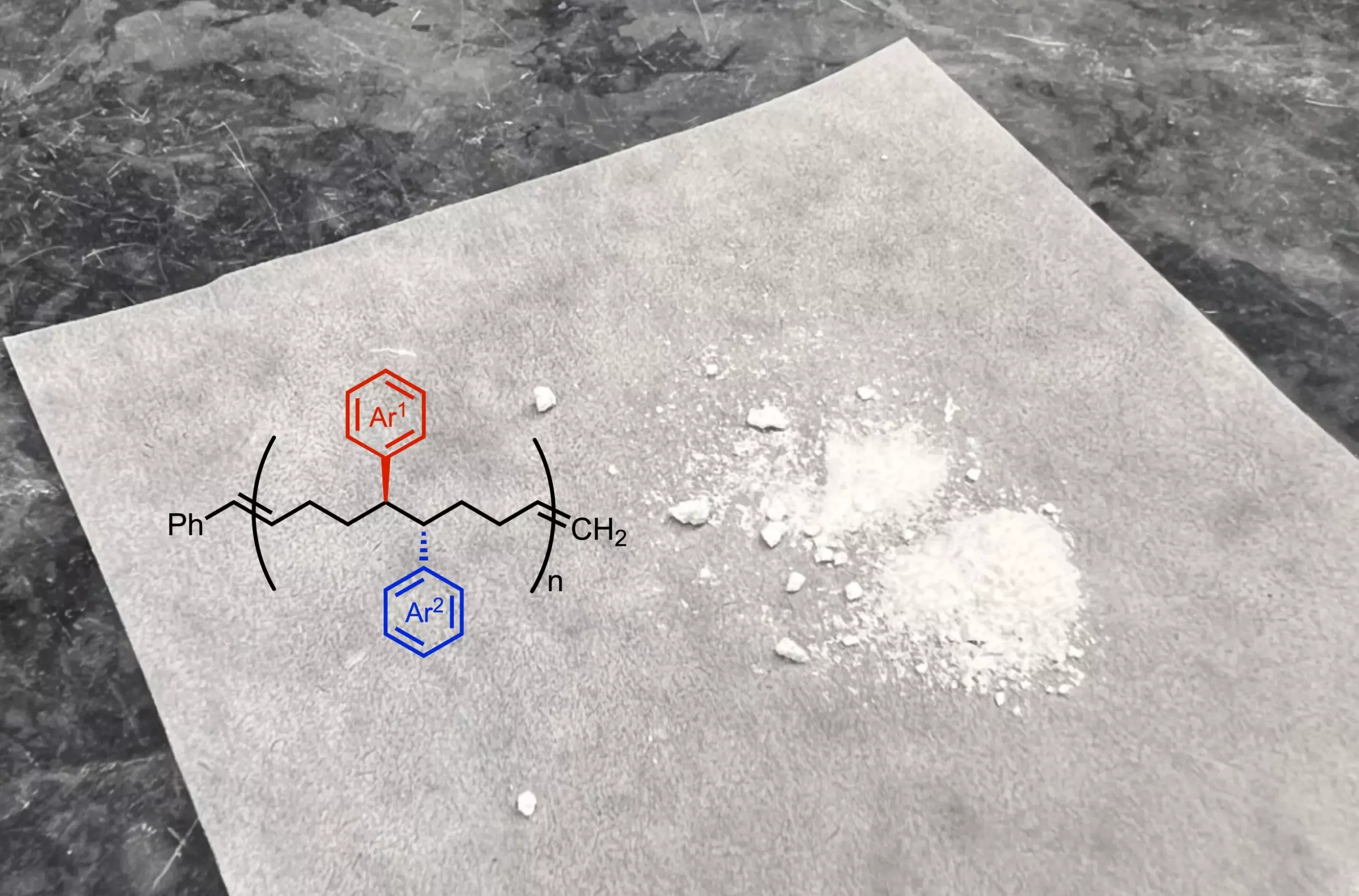Polymers can be likened to intricate trains, where each car represents a monomer and the strong couplings illustrating the chemical bonds that unify these building blocks. Just as a train can navigate complex routes due to its components, polymers exhibit a range of applications in various fields including medicinal delivery systems, energy devices, and construction materials. However, the traditional limitations posed by the similarity of the monomer units have restricted the scope for engineers and scientists alike, confining their ability to harness the full potential of polymers. Recent breakthroughs from Scripps Research and their collaborators suggest a transformative pathway for polymer production, creating opportunities that were once deemed unattainable.
On August 8, 2024, researchers published findings in Nature Synthesis that could revolutionize polymer chemistry. By employing nickel—a more abundant metal compared to conventional catalysts—the team developed a novel reaction to synthesize distinctive monomers. These monomers possess specific chemical and physical properties that can be finely tuned, leading to polymers with controllable characteristics suitable for applications in drug delivery, microelectronics, and energy storage. Senior author Keary Engle, Ph.D., emphasized that this innovative approach using an earth-friendly catalyst can foster the creation of materials with significant structural and functional diversity, thereby opening new doors in material science.
The groundbreaking nature of this project stems in part from the collaborative efforts between Scripps Research and partnerships with esteemed institutions like the Georgia Institute of Technology and the University of Pittsburgh. This multidisciplinary team, comprising experts in both small molecule chemistry and polymer engineering, sought to test the broader applicability of their unique chemical reactions. Postdoctoral researcher Anne Ravn, one of the paper’s co-first authors, highlighted the profound impact that modifications to monomer chemistry can have on the overall properties of the resulting polymer. This collaboration underscores how interdisciplinary approaches can propel scientific advancements in polymer synthesis.
The innovative chemical reaction developed by the Scripps Research team involves modifying a starting molecule by introducing functional groups that yield new characteristics. Utilizing nickel as a catalyst, the researchers incorporated two distinct side chains into the molecule. The subsequent step involved a collaborative effort with polymer researchers to polymerize these newly formed monomers, leading to the creation of novel polymer structures. This contrasts sharply with traditional polymers, which typically consist of linear chains of carbon atoms without diversification in functional groups, limiting their versatility.
An exciting aspect of this research is the potential for functionalization. Unlike conventional methods where functional groups are spaced far apart, the new approach integrates multiple side chains in closer proximity, fundamentally altering the properties of the resulting material. Ravn notes that this “decoration” process introduces flexible design capabilities in polymer synthesis, allowing researchers to explore a spectrum of functionalities. Future studies will further investigate how substituting diverse functional groups onto the newly synthesized monomers can affect the mechanical, thermal, and solubility properties, paving the way for increasingly specialized materials.
The implications of this nickel-catalyzed reaction extend beyond the realms of functionality and engineering. From an environmental standpoint, the use of abundant nickel offers a more sustainable alternative to traditional metal catalysts. The research team expressed aspirations to develop methods for effective degradation of the long-chain polymers into their original monomeric forms. This return to foundational building blocks could foster a circular economy in polymer production, enabling reuse while minimizing environmental impact. As sustainability becomes an ever-pressing concern in material science, this initiative reflects a commitment to addressing ecological challenges associated with polymer disposal.
The innovative research led by Scripps Research signifies a remarkable leap forward in the field of polymer chemistry. By exploring the capabilities of nickel-catalyzed reactions, scientists are poised to unlock a realm of new materials that are functionally rich and environmentally conscious. As the team delves deeper into their findings, further studies promise to reveal the profound influence of customized monomers on advanced polymer applications. The future of polymer science looks bright, underscoring the potential for unparalleled breakthroughs in technology and sustainable practices.


Leave a Reply